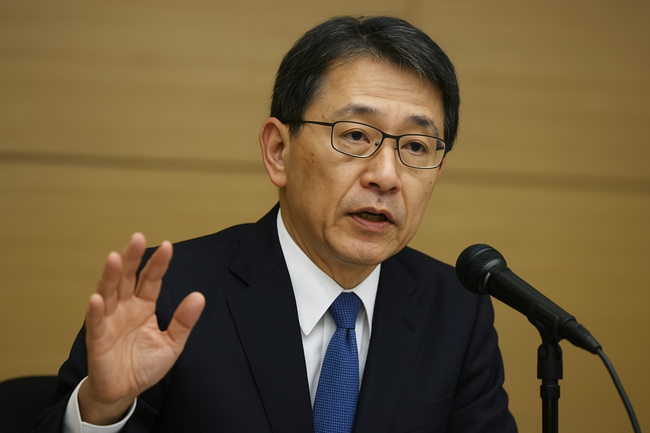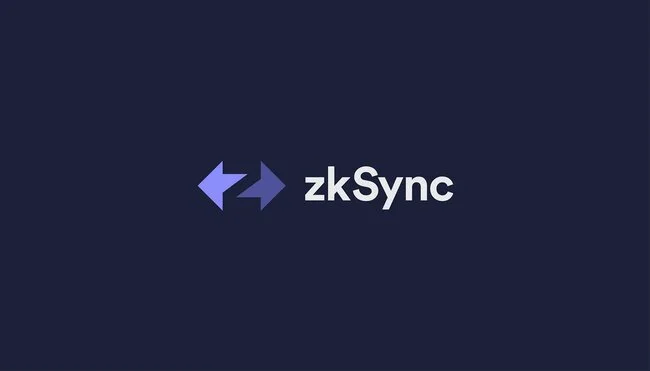The Bank of Japan will continue to raise interest rates if economic and price trends progress as expected, Deputy Governor Shinichi Uchida said Friday, reaffirming the central bank’s data-driven approach to monetary policy.
Uchida told a gathering of credit union executives that the central bank would base future rate decisions on how closely economic indicators align with its forecasts. “If our economic and price forecasts materialize, we will continue to raise interest rates in accordance with improvements in economic and price conditions,” he said.
His comments come as policymakers weigh whether Japan’s steady inflation and improving business sentiment warrant another increase following the central bank’s shift away from ultra-loose monetary policy earlier this year.
Bank of Japan to Focus on Data Amid Global Uncertainty
Uchida emphasized that the BOJ remains cautious, noting persistent uncertainty surrounding global trade and inflation trends. “We will judge without any preconception whether our forecasts will materialize, while scrutinizing domestic and overseas economic and price developments as well as financial market moves,” he said. He also pointed to potential spillover effects from foreign trade policies, adding that developments in overseas economies and currency markets could influence Japan’s outlook.
His remarks echoed those of Governor Kazuo Ueda, who said Thursday that policymakers would continue monitoring data before deciding whether to adjust rates in October. The central bank has maintained that wage growth and sustained domestic demand are necessary to justify further tightening.
Gradual Shift Away from Stimulus
The BOJ ended its decade-long massive stimulus program last year and raised its benchmark rate to 0.5% in January, signalling confidence that inflation could hold near its 2% target. Consumer prices have exceeded that level for more than three years, though officials have warned against tightening too quickly without stronger wage gains.
In September, two of the nine policy board members reportedly supported an additional rate increase, highlighting a growing divide within the bank over how fast to normalize policy. Market expectations for an October hike, however, have eased following fiscal conservative Sanae Takaichi’s victory in the ruling Liberal Democratic Party’s leadership race on October 4.
Most economists now expect the central bank to lift rates to 0.75% by early next year, but remain split on whether that move will occur in the coming months. For now, the BOJ appears committed to a gradual path, balancing inflation control with the need to sustain Japan’s modest economic recovery.
Related posts:
- Michael Saylor’s MicroStrategy Surpasses U.S. and China Governments in Bitcoin Reserves
- Dogecoin (DOGE) Maintains Status As King Of Meme Coins With Recent Market Printings
- Ethereum Layer-2 Network Base Sets New Daily Record for DEX Trading Volume
- Grayscale’s GBTC Sees Surprising Decrease in Outflows
- South African Crypto Exchange VALR Gets Regulatory Green Light






